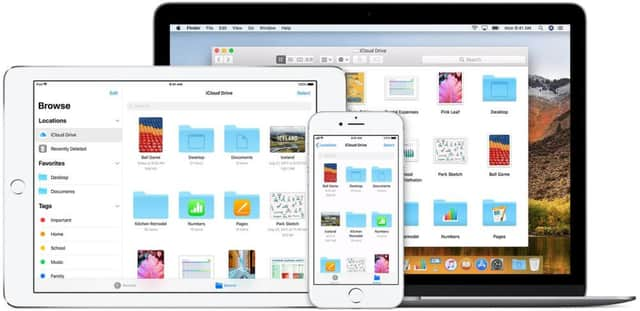When turning it on and off again really is the best option


But computers, because they serve multiple purposes, are loaded with millions of lines of code, much of it contradictory and almost all of it unnecessary for the task at hand. So setting it back to square one unravels the damage it has done since you last turned it on.
The suggestion that you should reset a device to its original factory settings is even more demoralising, tending to extract the same reception as the news that your train has broken down and will have to return to return to the station.
Advertisement
Hide AdAdvertisement
Hide AdThat is, unless the device in question is a phone. Factory resetting an Android or Apple handset is surprisingly quick and painless, and an effective cure-all if yours is persistently misbehaving. Take a few simple precautions and you can be up and running again in less than an hour.
This is because Google and Apple back up your data to a cloud and can restore it to the same or a different phone with almost no intervention from you. The information they store includes a list of apps and their settings, your phone contacts and the passwords to most of your online services.
In a climate of the misuse of personal data by the likes of Facebook, this could be construed as intrusive – and if that is indeed your view, you can turn it off. I must admit that I had second thoughts when Google started sending me monthly emails listing the places I had visited. But in the absence of having been to places I shouldn’t have, the only person who stood to benefit from the information was me.
Automatic backup is enabled by default on phones, so all you really need do before initiating a reset is check that you haven’t turned it off, and that your contacts are saved to your Apple or Google account and not your SIM card. Text messages won’t be saved when you reset, so if you want to re-import yours, you will need an app for the purpose. And if you use a banking app that stores a security code on your phone, you should deactivate it first. The bank can do it for you later if you forget.
Advertisement
Hide AdAdvertisement
Hide AdOnce your phone resets, you need only sign in with your Google or Apple account. Android phones will detect your last backup and offer you the option to restore it, in whole or in part. Apple will do the same, via iTunes. You can then get on with something more productive while your phone updates itself, app by app.
A factory reset is useful, too, in the event that your phone is lost or stolen – it prevents anyone else seeing your data or, worse, buying goods using your PayPal account. You can initiate a remote reset from any computer, by visiting Apple’s iCloud or Google’s Find My Device website, and logging in. So long as the phone is switched on, the site should find it.
And if you did go somewhere you shouldn’t have done and left your phone behind, you can use the same process to lock it temporarily. Suddenly, giving up your privacy doesn’t seem such an alarming prospect.